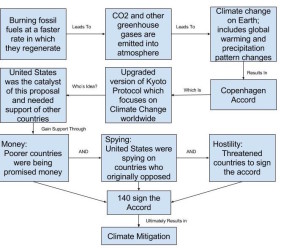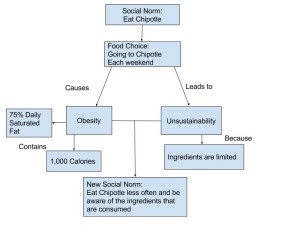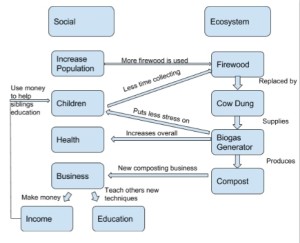- Describe biodiversity in your area and how it is being threatened
I am from Hatfield PA, about 45 minutes north of Philadelphia. It is a suburban area and I feel as though it is high in biodiversity. There are many animal and plant species all around the town but I feel like in recent years it is being threatened. One major issue with biodiversity is deforestation. They are cutting down many trees to open up space for restaurants, company buildings, and houses. In fact, about five years ago I would see deer in my backyard almost everyday but now they had to cut down the woods to expand my neighborhood and I will go weeks without seeing a deer. This is a major issue because the animal species environments are being depleted by humans and eventually they will become extinct. This is not only a problem in my hometown but around the world as the population is growing at an exponential rate and they need a place to live and work. Humans must be aware of the impact they are having on the animal and plant species and figure out a way to make it sustainable.
2. Pick an Endangered Species and state why it is endangered and how could it be prevented
The animal that I chose to research is the Galapagos Penguin. The reason I chose this animal is because I went on vacation to the Galapagos Islands last year and we went on a tour and they told us about Penguins becoming endangered. They are the only penguin found north of the equator. Penguins are threatened by pollution, bycatch, and climate change. These are all created by humans so it shows that there is an interconnectedness between humans and animals. Species such as dogs also carry diseases that can spread to penguins as well, and cats pose as a threat as predators. One way that we can prevent the penguins from becoming extinct is finding renewable energy sources that do not cause pollution to the atmosphere. In turn, this will lessen climate change which also has a large impact on the lives of the penguins. One major issue for sea animals is trash in the ocean. The trash can rap around the necks of the penguins and kill them. Other environmental issues that are not caused by humans is El Nino. They cause mortalities up to 77 percent from the previous year with dramatic declines of prey species and reduced breeding success. El Nino is an anomalous warming of the eastern pacific ocean that leads to climate changes all across the world. This change of temperature will not only affect the penguins, but the food they eat can also die out. Penguins are dying out from the phenomenon and they are slowly becoming extinct.
https://www.worldwildlife.org/species/galapagos-penguin



